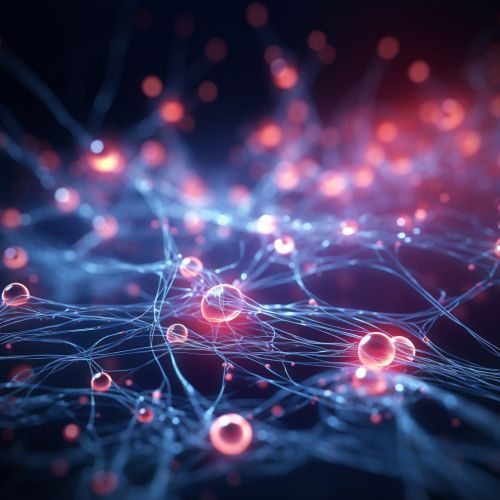The Role of Chemotaxis in Cellular Migration
Introduction
Chemotaxis is a phenomenon that plays a crucial role in cellular migration. It is a process that directs the movement of cells towards or away from a chemical stimulus in their environment. This process is vital in many biological functions, such as immune response, wound healing, and embryogenesis.


Mechanism of Chemotaxis
Chemotaxis operates through a series of complex mechanisms. The process begins with the detection of a chemical gradient by the cell's chemoreceptors. These receptors bind to the chemical stimulus, triggering a cascade of intracellular events that lead to the reorganization of the cell's cytoskeleton. This reorganization results in the extension of pseudopodia, or "false feet," in the direction of the chemical stimulus. The cell then contracts its rear end, propelling it forward in a process known as cell motility.
Role in Immune Response
In the context of the immune response, chemotaxis is a critical process that allows immune cells, such as neutrophils and macrophages, to migrate towards sites of infection or injury. These cells are attracted by chemical signals released by damaged tissues or invading pathogens, such as chemokines and cytokines. Once at the site of infection or injury, these immune cells carry out their respective functions to combat the threat and facilitate healing.
Role in Wound Healing
Chemotaxis also plays a crucial role in wound healing. Following an injury, cells in the surrounding tissues release chemical signals that attract fibroblasts and endothelial cells to the wound site. These cells contribute to the repair and regeneration of the damaged tissue. Fibroblasts produce collagen, a protein that provides structural support to the tissue, while endothelial cells form new blood vessels in a process known as angiogenesis.
Role in Embryogenesis
During embryogenesis, chemotaxis guides the migration of cells to their correct locations, ensuring the proper formation of tissues and organs. For example, in the development of the nervous system, chemotaxis directs the movement of neural crest cells to form various structures, including the peripheral nerves and certain parts of the skull.
Conclusion
In summary, chemotaxis is a fundamental process that drives cellular migration in response to chemical stimuli. It plays a vital role in various biological functions, including immune response, wound healing, and embryogenesis. Understanding the mechanisms of chemotaxis can provide insights into many biological processes and may have implications for the development of new therapeutic strategies.
